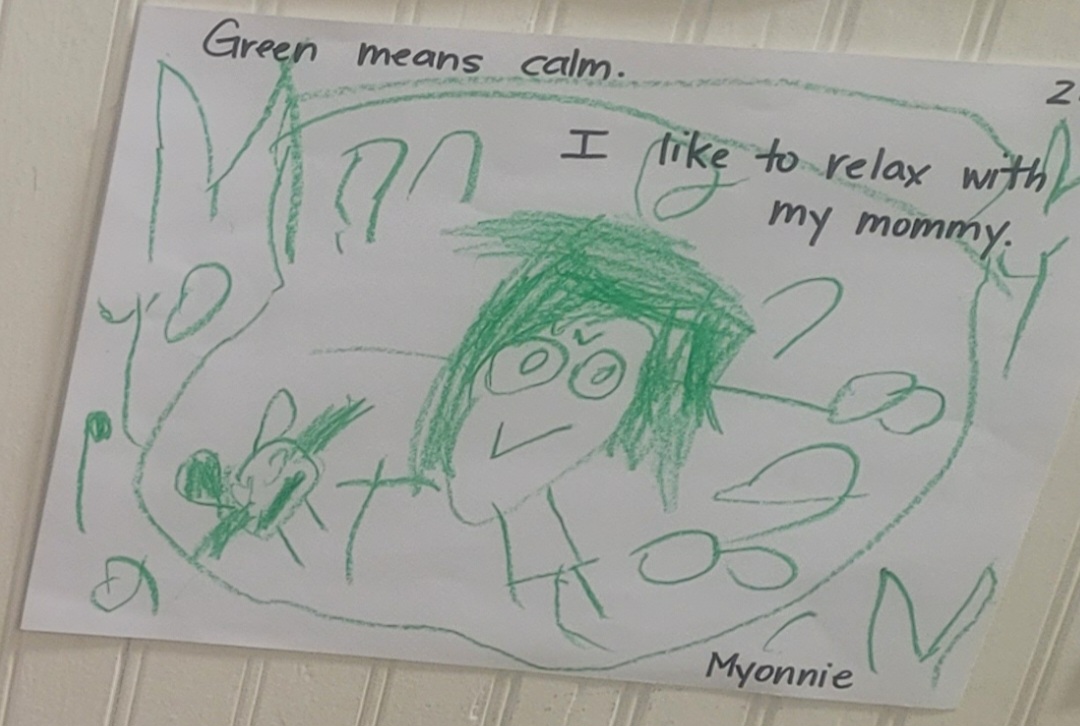Feelings…Nothing More Than Feelings!
February 7, 2025

Are the children in your classroom emotionally literate? Emotional literacy is the ability to ‘read emotions’ in oneself and others…to be able to identify, understand and respond to emotions in a healthy manner. Emotional awareness is an important skill.
During the preschool years, adults can support this by helping children understand that all feelings are natural. Getting mad or frustrated is ok. It is what you do with it that counts. Many challenging behaviors can be prevented by teaching children how to read emotions and express them in acceptable ways. The development of a ‘feeling word vocabulary’ helps children better understand their emotional experiences and deal with them in an appropriate way.
The ability to give each feeling a name allows children to talk about their personal experiences of the world. Children who are able to label their emotions are on their way to becoming emotionally competent.
As someone who spends many hours each day with children, you play an important role in teaching them how to identify, understand, and express emotions in a healthy way. The following strategies will help promote emotional literacy in the young children in your classroom:
Express your own feelings: One way to help chil ren learn to label their emotions is for you to model healthy emotional expression. For example, a teacher who knocked over all the glitter can say, “Oh boy, is that frustrating! Oh well, I’d better take a deep breath and figure out how to clean it up.” Talk out loud about your feelings as you experience them throughout the day.
Label children’s feelings: As you provide feeling names for children’s emotional moments, their feeling vocabularies grow. As children’s feeling vocabularies grow, their ability to correctly identify feelings in themselves and others also progresses. Through out the day, you can pay attention to children’s emotional moments and label feelings for the children. For example, a boy’s grandmother surprises him by picking him up at child care. The boy screams, “Grandma!” and runs up to hug her. The teacher says, “You look so happy and surprised that your grandma is here!” The child then connects those words (happy, surprised) to the physical feelings he is experiencing. Support children as they feel a range of emotions, but teach them healthy ways to express them.
Play games, sing songs, and read stories with new feeling words: You can enhance your children’s feeling vocabularies by introducing games, songs, and storybooks featuring feeling words. There are many ways to Incorporate teaching emotional literacy skills into your day such as feeling check-in charts, feeling bingo, feeling charades or making feeling collages. You can adapt songs such as “If you’re happy and you know it” with verses such as “If you’re frustrated and you know it, take a breath”; “If you’re disappointed and you know it, tell a friend”; or “If you’re proud and you know it, say ‘I did it!’”